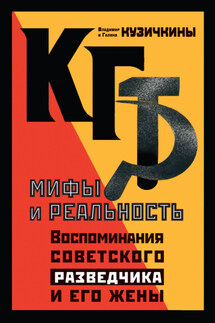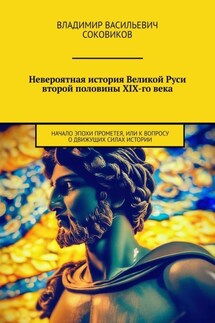Профессионалы и маргиналы в славянской и еврейской культурной традиции - страница 9
Фельдман 2002 – Фельдман Д. З. Роль Г. А. Потемкина-Таврического в истории евреев в России // Россия в XVIII столетии. М.: Языки славянской культуры, 2002. Вып. I. С. 109–129.
Фельдман 2013 – Фельдман Д. З. Российские евреи в эпоху наполеоновских войн. М.: Древлехранилище, 2013. 378 с.
Фельдман, Петерс 2006 – Фельдман Д. З., Петерс Д. И. История награждения российских евреев за военные и гражданские заслуги в начале XIX века (по архивным документам). М.: Древлехранилище, 2006. 174 с.
Фельдман, Петерс 2016 – Фельдман Д. З., Петерс Д. И. «На пользу Отечества»: О заслугах евреев Российской империи и их награждении. М.: Древлехранилище, 2016. 268 с.
Dmitry Feldman
The Russian State Archives of Ancient Acts, Moscow, Russia
ORCID ID: 0000–0002–7035–8185
Ph.D. in History, Chief specialist
The Russian State Archives of Ancient Acts
Bolshaya Pirogovskaya str., 17, Moscow, 119435, Russia
Tel.: +7(495) 580–87–23
E-mail: rgada@mail.ru
DOI 10.31168/2658–3356.2022.2
Abstract. This article, based on archival sources, examines the life of the Jewish master-“shmukler” Chaim Goshiovich, a life which spanned three reigns – from Catherine II to Alexander I. Goshiovich was a supplier to the Russian army and was in contact with the Russian Empire’s highest dignitaries at the end of the eighteenth century, among them Prince G. A. Potemkin (who was tolerant of the Jews) and Count A. A. Bezborodko. Although Goshiovich lost prestige with the death of his sponsor General Field Marshal Potemkin, he continued to practice his craft, presenting Catherine II with a gold-embroidered skirt and shawl and Alexander I with a carpet. At the beginning of the nineteenth century, Chaim Goshiovich may have participated in the organization of the St. Petersburg Jewish community, and the name of his profession – shmukler – became his surname. This article presents a fresh perspective on the question of the integration into Russian imperial society of former Polish Jews who were engaged in petty trade and crafts. While on the one hand Goshiovich’s story fits into the framework of the general process such of integration, on the other hand it indicates the existence of opportunities for professional individuals to establish close business relationships with representatives of the Russian aristocracy.
Keywords: Jewish entrepreneurship, Russian-Turkish wars, G. A. Potemkin, Catherine II, Paul I, Alexander I, St. Petersburg Jewish Community
References
Klier, Dzh. D., 2000, Rossiia sobiraet svoikh evreev: Proiskhozhdenie evreiskogo voprosa v Rossii. 1772–1825 [Russia Gathers Her Jews: The Origins of the “Jewish Question“ in Russia. 1772–1825]. Moscow, Mosty kul’tury, Izdatel’stvo; Ierusalim, Gesharim, 352.
Minkina, O. Iu., 2011, «Syny Rakhili»: Evreiskie deputaty v Rossiiskoi imperii. 1772–1825 [ «Sons of Rachel»: The Jewish Deputies in Russian Empire. 1772–1825]. Moscow, NLO, Izdatel’stvo, 344.
Feldman, D. Z., 2002, Rol’ G. A. Potiomkina-Tavricheskogo v istorii evreev v Rossii [The Role of G. A. Potemkin-Tavrichesky in the History of the Jews in Russia]. Rossiia v 18 stoletii [Russia in 18th century]. Moscow, Iazyki slavianskoy kul’tury, Izdatel’stvo, 109–129.
Feldman, D. Z., 2013, Rossiiskie evrei v epokhu napoleonovskikh voin [Russian Jews in Napoleon’s Wars Era]. Moscow, Drevlekhranilishche, Izdatel’stvo, 378.

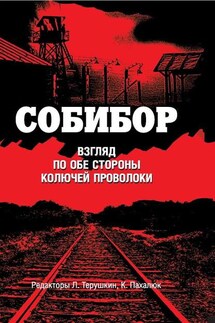
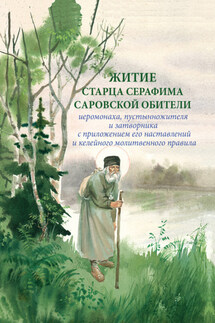
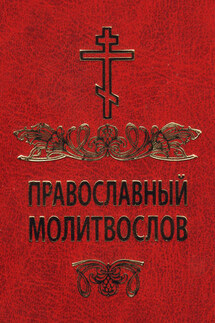
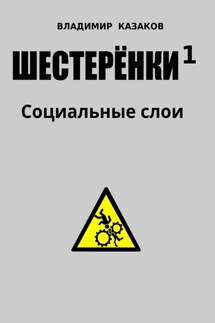
![Bo][ing Day истребить «колхозника»](/uploads/covers/fe/bo-ing-day-istrebit-kolhoznika.jpg)
